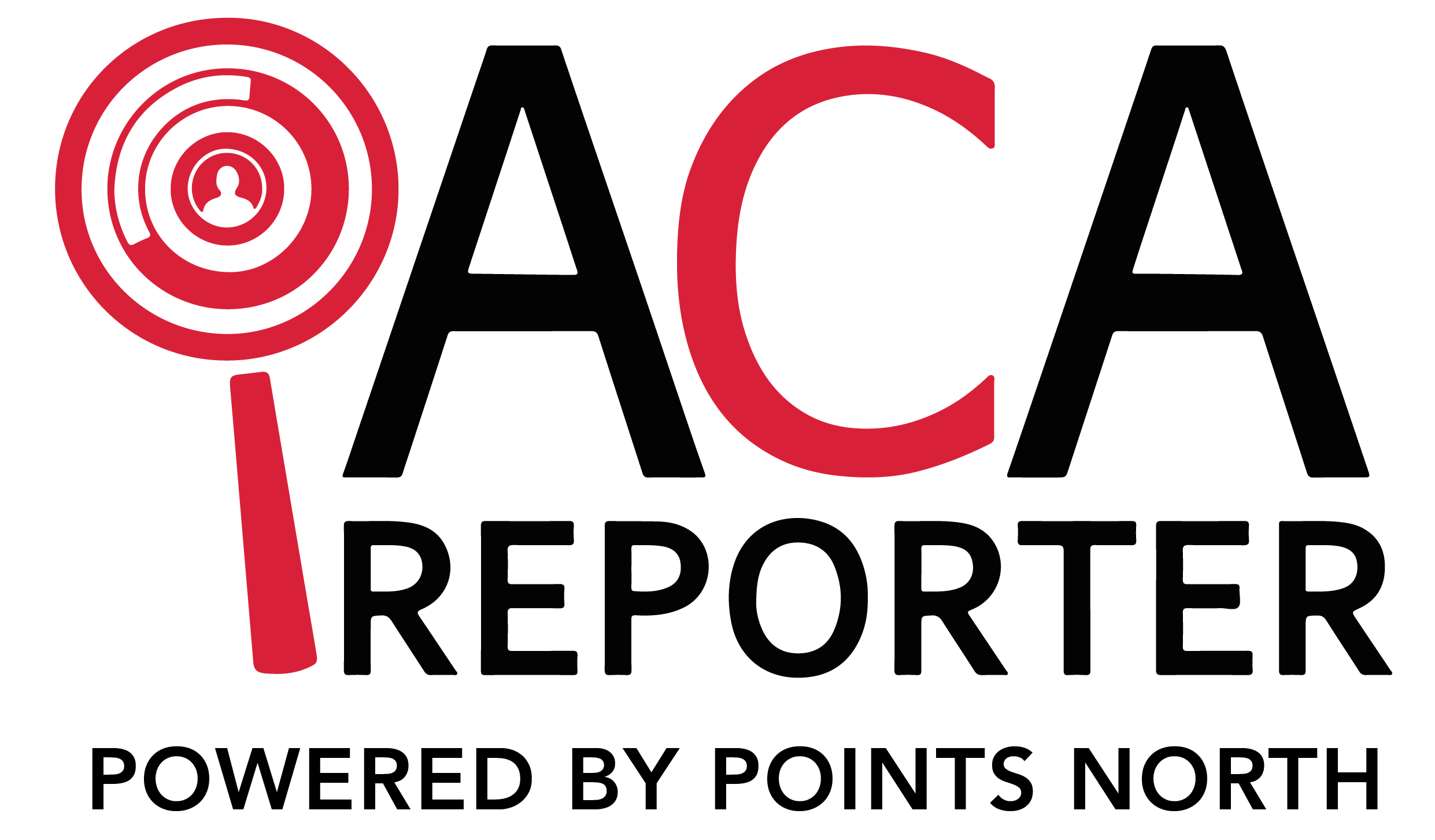As a business leader, you may find yourself involved in a merger or acquisition at some point in your career. While these transactions can be exciting opportunities for growth and expansion, they also come with a variety of compliance considerations, particularly when it comes to the Affordable Care Act (ACA).
Understanding Mergers and Acquisitions
Before we dive into the ACA-specific considerations, let's briefly review the difference between a merger and an acquisition:
- Mergers: In a merger, two companies combine to form a new legal entity. If the merger involves two smaller, non-Applicable Large Employer (ALE) companies, the new company may become an ALE.
- Acquisitions: In an acquisition, one company purchases another company. The acquiring company assumes responsibility for the acquired company's operations and employees.
What Are ACA Implications for Mergers?
When two companies merge, there are several key ACA considerations to keep in mind:
New ALEs
If the merger involves two smaller, non-ALE companies and the new company reasonably expects to have 50 or more full-time equivalent (FTE) employees, it will need to meet ACA requirements and has an ACA filing obligation in the first year. This is different from an existing company that becomes an ALE in a tax year and has until April 1 of the following year to meet ACA requirements.
Filing Responsibility
In general, whoever is responsible for the creation and distribution of W-2s is also responsible for ACA filing. If the companies merging are ALEs, the new entity will need to determine who will handle these responsibilities moving forward.
What Are ACA Implications for Acquisitions?
When one company acquires another, there are similar ACA considerations to keep in mind:
Filing Responsibility
As with mergers, whoever is responsible for the creation and distribution of W-2s is generally also responsible for ACA filing. If the acquired company was an ALE, the acquiring company will need to determine who will handle these responsibilities moving forward.
Employee Transitions
When employees move from the acquired company to the new company, they typically have a termination date at the old company and a new hire date at the new company. This will start the ACA measurements fresh for these employees, which can impact their eligibility for health coverage.
How to Manage ACA Compliance with ACA Reporter
If you're using ACA Reporter to manage your ACA compliance, you're in good hands. We commonly help companies going through mergers and acquisitions manage their compliance during the transition. ACA Reporter was built to allow multiple employers, each with their own Legal Company Profile (LCP) and State Holding (SH), to be managed within a single system.
When a merger occurs, a new location/employer will be added to the system where all of the "new" employees will be tracked. This allows ACA management to be maintained in a single system, streamlining the process and reducing the risk of errors.
If the client is completely new to ACA Reporter, both the merged/acquired companies and the new companies will be added under the organization, ensuring comprehensive ACA management across all entities.
Navigating ACA compliance during mergers and acquisitions can be complex, but with the right tools and guidance, it's easily manageable. By understanding the key implications of these transactions and leveraging the power of ACA Reporter, you can ensure that your organization remains compliant and avoids costly penalties. If you have any questions or concerns about your specific situation, don't hesitate to reach out for support!


.png)


